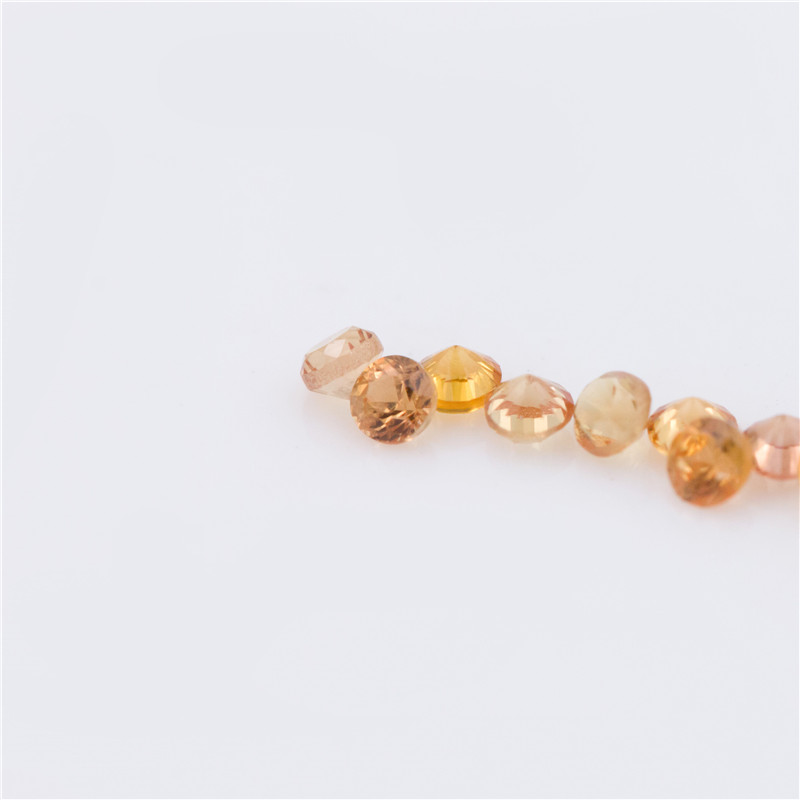Lowest Price for Third Eye Crystals - Natural Cordierite Loose Gems Round Cut 1.0mm – Datianshanbian
Lowest Price for Third Eye Crystals - Natural Cordierite Loose Gems Round Cut 1.0mm – Datianshanbian Detail:
Product Detail:
Cordierite is a silicate mineral, usually light blue or light purple, glassy luster, transparent to translucent. Cordierite also has the characteristic of being remarkably polychromatic (tricolor), emitting light of different colors in different directions. Cordierite is usually cut into traditional shapes, and the most popular color is blue-purple.
Cordierite is similar in color to sapphire, so it is also called water sapphire. Nicknamed the poor man’s sapphire because it has the color and luster of sapphire and is much cheaper than sapphire, cordierite is quite stable in energy and cannot be heated to change its color. It is a genuine gem.
Common varieties:Iron cordierite The two main components of cordierite, magnesium and iron, can be substituted as isoimages. When the content of iron is greater than that of magnesium, it is called iron cordierite.
Cordierite That is, when the magnesium content is higher than the iron content, it is called cordierite. The better known is the mg-rich variety produced in India, which is often used to make gemstones, also known as Indian stone.
Blood spot cordierite
It is mainly produced in Sri Lanka and is characterized by the rich content of iron oxide bath sheets in its interior and the arrangement in a specific direction, which makes cordierite with color bands known as blood point cordierite.
| Name | natural cordierite |
| Place of Origin | Brazil |
| Gemstone Type | Natural |
| Gemstone Color | blue |
| Gemstone Material | lolite |
| Gemstone Shape | Round Brilliant Cut |
| Gemstone Size | 1.0mm |
| Gemstone Weight | According to the size |
| Quality | A+ |
| Available shapes | Round/Square/Pear/Oval/Marquise shape |
| Application | jewelry making/clothes/pandent/ring/watch/earing/necklace/bracelet |
The main purpose:
Those with beautiful and transparent colors can be used as gems. Gem-grade cordierite is usually blue and violet, among which blue cordierite is also known as “WaterSapphire”. making/thanks/pandent/ring/watch/earing/necklace/bracelet.
Product detail pictures:
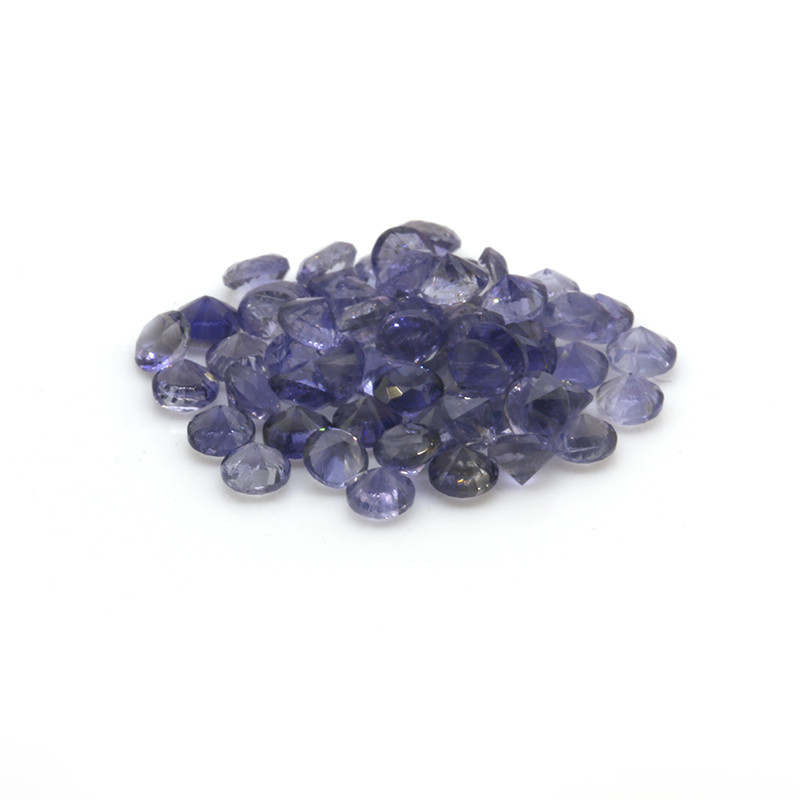
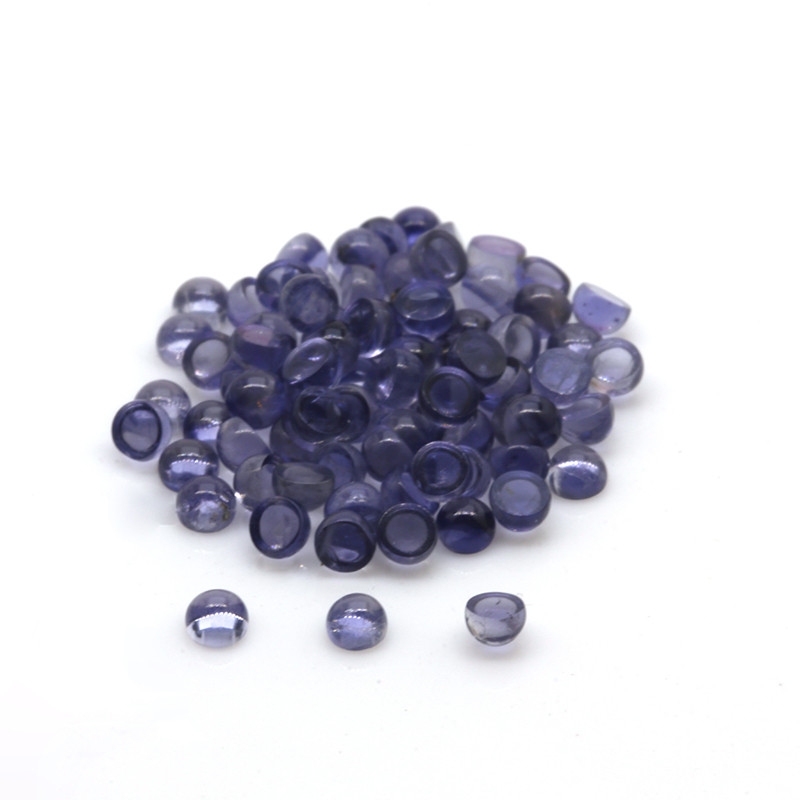
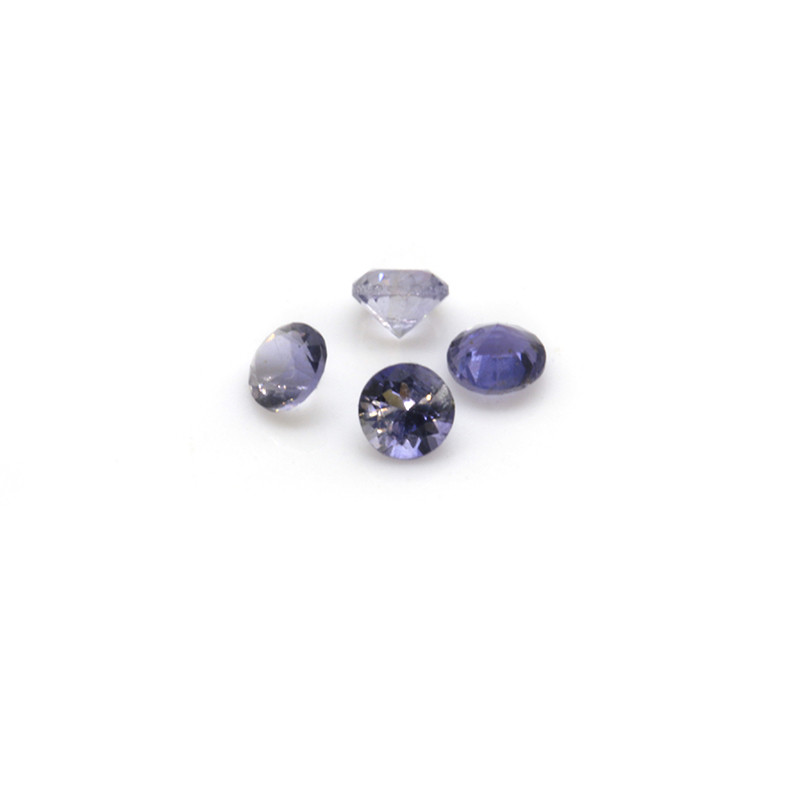
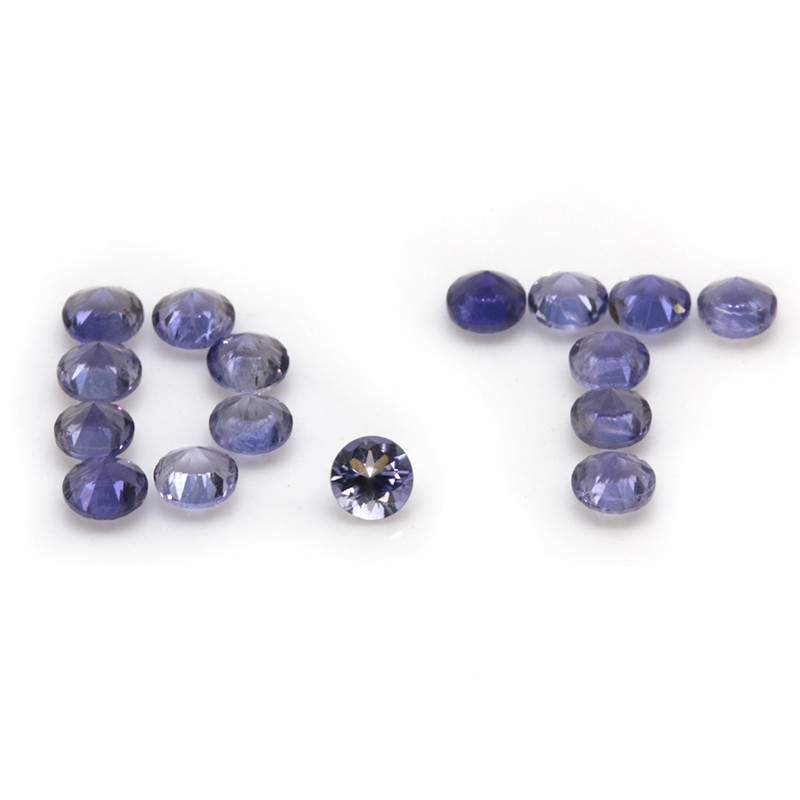
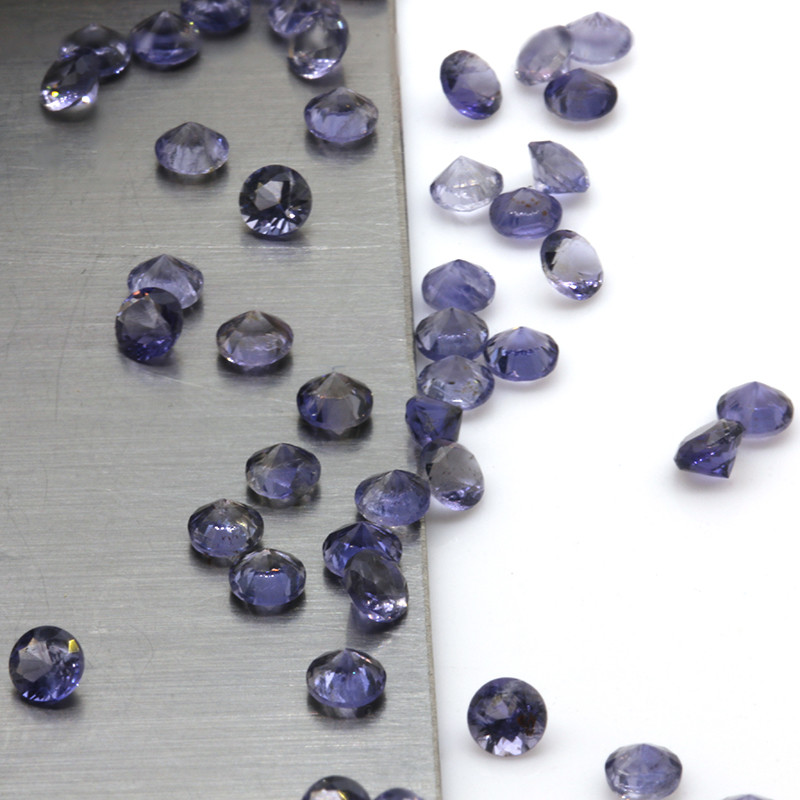
Related Product Guide:
We usually believe that one's character decides products' high quality, the details decides products' excellent ,with the REALISTIC,EFFICIENT AND INNOVATIVE staff spirit for Lowest Price for Third Eye Crystals - Natural Cordierite Loose Gems Round Cut 1.0mm – Datianshanbian , The product will supply to all over the world, such as: New Zealand, Lyon, Las Vegas, Our market share of our products has greatly increased yearly. If you are interested in any of our products or would like to discuss a custom order, please feel free to contact us. We are looking forward to forming successful business relationships with new clients around the world in the near future. We are looking forward to your inquiry and order.
This is a reputable company, they have a high level of business management, good quality product and service, every cooperation is assured and delighted!

